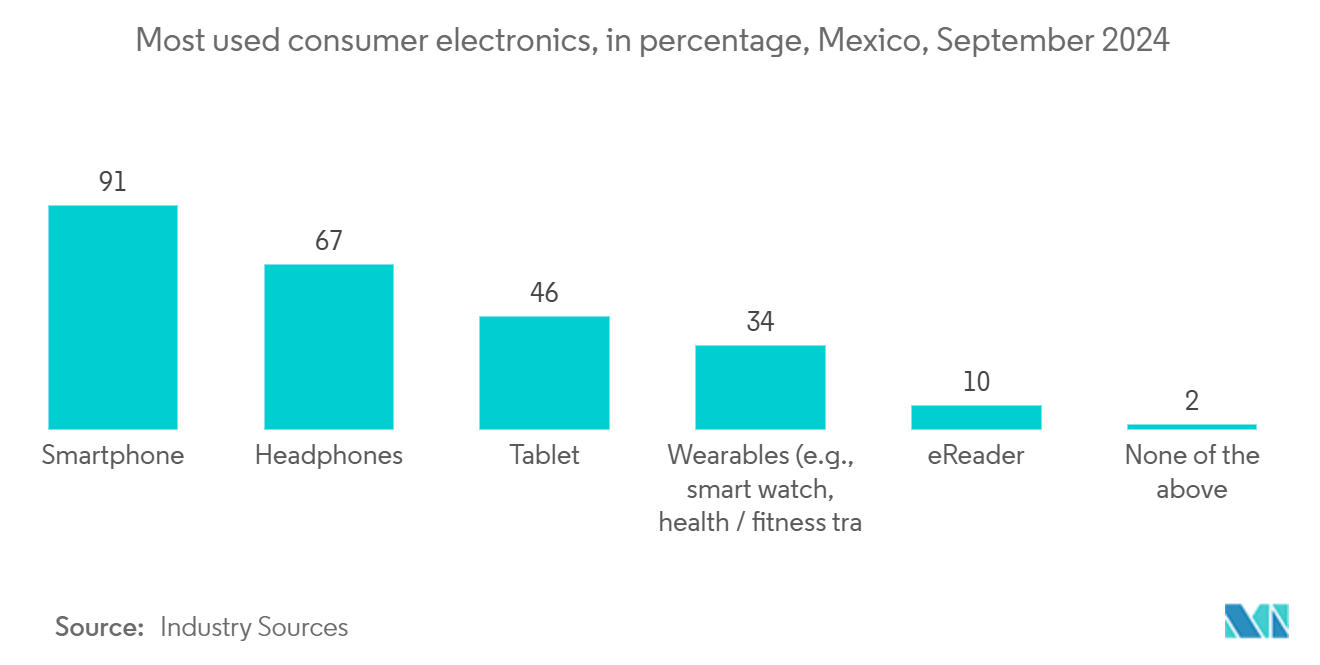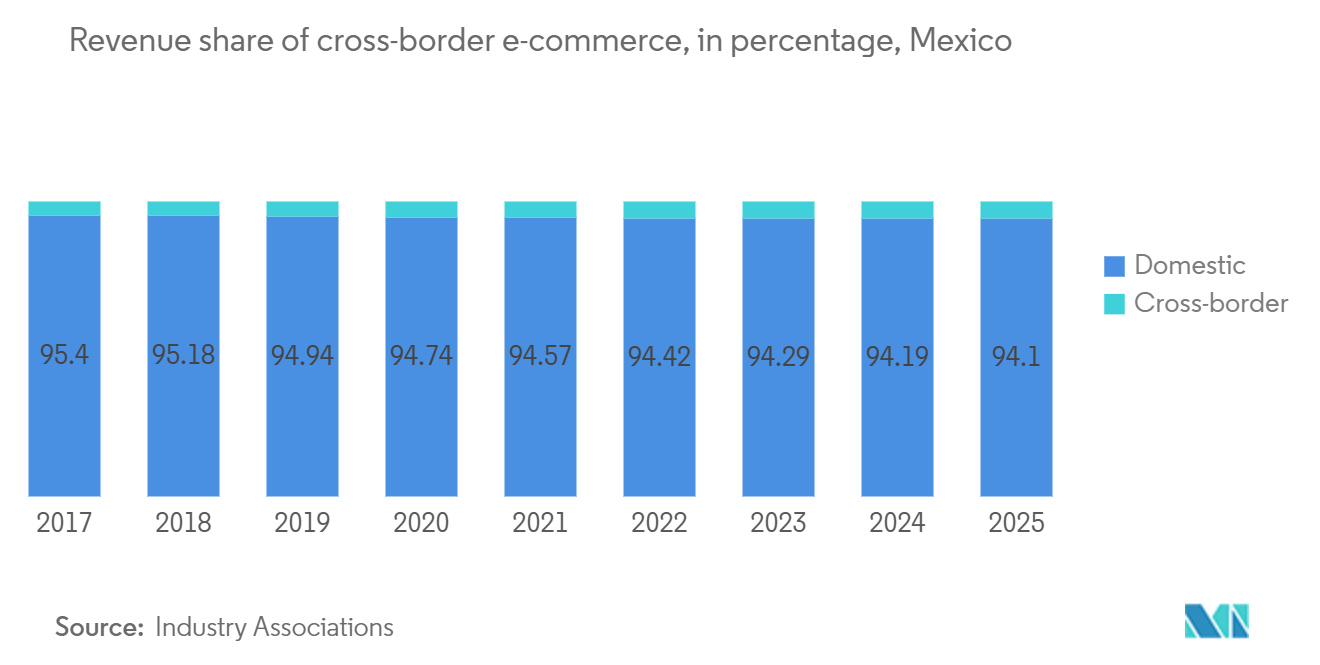Market Trends of Mexico Last Mile Delivery Industry
B2B segment experiencing substantial growth
In Mexico's B2C e-commerce landscape, shifting consumer behaviors are prominently steering the course, with a marked tilt towards mobile commerce. A striking 79% of online transactions are projected to be conducted on mobile devices, emphasizing the critical need for mobile-optimized platforms and services.
Furthermore, there's a discernible shift towards digital payment methods, especially digital wallets, which are set to capture a significant portion of online transactions as payment options broaden. This evolution is largely fueled by a tech-savvy populace increasingly leaning on technology for a more convenient shopping experience.
While the consumer electronics segment dominates the B2C e-commerce arena, claiming a substantial revenue share, the beauty and personal care segment is emerging as one of the fastest-growing sectors, underscoring the ever-evolving interests of online shoppers.
Key market players, spanning global behemoths like Amazon to homegrown platforms such as Mercado Libre, are solidifying their footholds by refining user experiences and broadening their product ranges. These marketplaces are also embracing innovations, rolling out personalized marketing strategies and loyalty programs, to both entice new customers and retain existing ones.
As of August 2024, MercadoLibre stood as a leading e-commerce provider in Latin America. Alongside US-based Amazon, they command an impressive 85% share of Mexico's e-commerce sales, as reported by Mexico's Federal Economic Competition Commission (COFECE).

Growing cross-border trade relations with other countries on various industries
Mexican consumers are increasingly turning to international shopping, driving demand. In 2024, around 82.3% of Mexico's online shoppers made purchases from global retailers, with nearly half of these transactions coming from U.S. websites. This trend underscores a rising appetite for international products, bolstering cross-border sales.
Key to this growth are the expanding internet access and the surging popularity of online marketplaces. Currently, cross-border transactions make up about 24% of Mexico's e-commerce landscape, signaling a dynamic market ready for heightened engagement from consumers eyeing international products.
Research shows that 8 out of 10 Mexican consumers participated in cross-border shopping, with a strong preference for U.S. brands, driven by their availability and perceived quality. As Mexican consumers increasingly seek products not easily found domestically, this trend is set to amplify, further fueling the demand for cross-border e-commerce.


